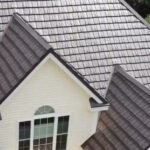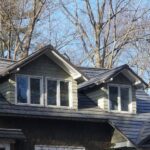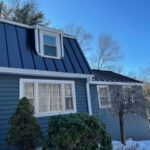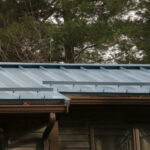Metal Roof Valleys, The Right Stuff.
August 21, 2018 | By Mike Gonet | Filed under: Blog, Metal Roofing
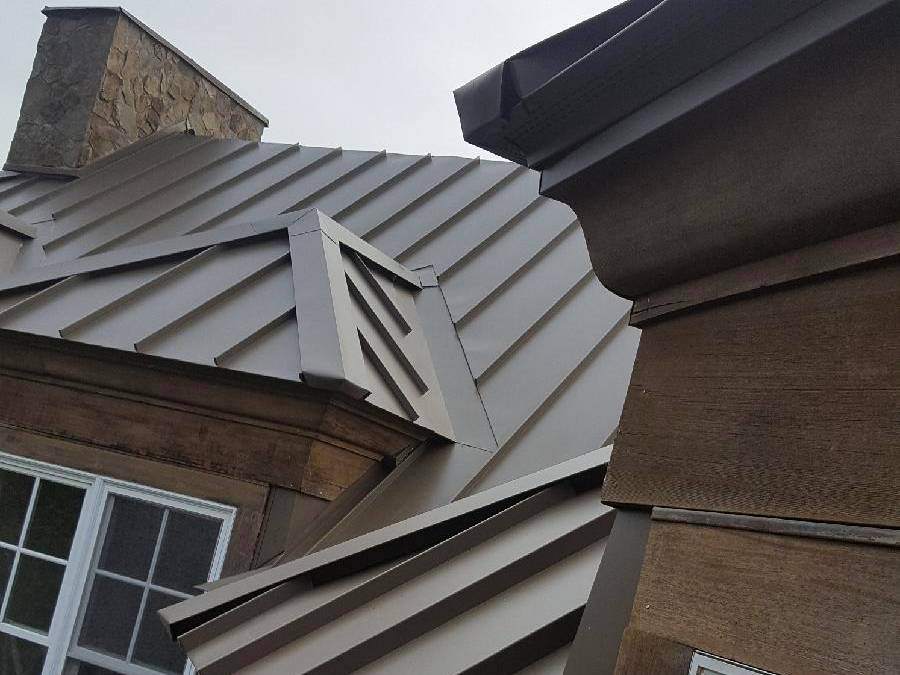
Metal roofs can be attractive, functional, and sustainable. But what about the valleys? Does your roof have valleys? Classic Metal Roofs LLC discusses more below.
Open Valleys
Open valleys have the valley line covered by a valley component, not the primary roofing panel system. They’re first protected by a combination of proper underlayments and a metal valley component. A layer of high temperature ice and water shield covers the wood decking at the center of the valley. Then a special underlayment made for metal roofs goes over the ice and water barrier. A “W” or “V” shaped piece of metal, which is the valley component, is installed on top of the underlayments.
The roofing panels “fold” into the valley with a hookstrip on either side, and the metal remains “open” to carry the water off of the roof. The process is the same with standing seam or with metal shingles. All of Classic’s valley applications are open valleys.
Closed Valleys
A closed valley is what you would typically see with an asphalt roof. The valleys are either “woven” together with the shingles, or they are cut and meet to form a straight line down the center of the valley.
Closed valleys, when using metal, are problematic. The metal meets at the v center of the valley, with a valley component under the product being used, whether a panel or a metal shingle. These systems are designed to carry water under the panels. They fail over time due to getting clogged with debris.
Beware of Clogged Channels
The valley systems used for metal roofing should consider the design of the panels. Some metal roofing contractors fit metal roof panels into a “C” or “J” channel to intersect with the valley. This process leaves large gaps where the panels enter the receiving channel. These spaces can later become clogged with debris such as tree leaves, pine needles, ice, and snow. The proximity of trees to the metal roofing installation determines how soon this happens. Once the channels clog, the water that runs into the valley becomes “trapped”. Thus, it will run beneath the metal roofing and find its way into the structure at some point.
To solve this problem, use an “open” or “self-cleaning” valley system. It carries all water and debris on top of the valley, not inside channels or waterways that will clog over time. Careful cutting and folding will allow the panels to interlock with the valley pan. It takes more time, but it’s the correct way to do it to get the job done.
As with all areas of your roof, it is important to know that you are getting the best solution for your home. The right stuff makes all the difference. But the right stuff with a poor installation will not make any difference at all. Make an educated decision for your roofing system. Be sure the metal roof you consider has open valleys.
For a quality metal roofing installation, trust the experts RI homeowners have turned to for 15 years. Call us today at (866) 660-6668 to experience “the best roofs under the sun”. See our roofs in Little Compton, Westerly, Wakefield, Providence, Lincoln, Bristol, Exeter, Coventry, Burrillville, North Smithfield, Warwick and nearly every town and city in RI.
